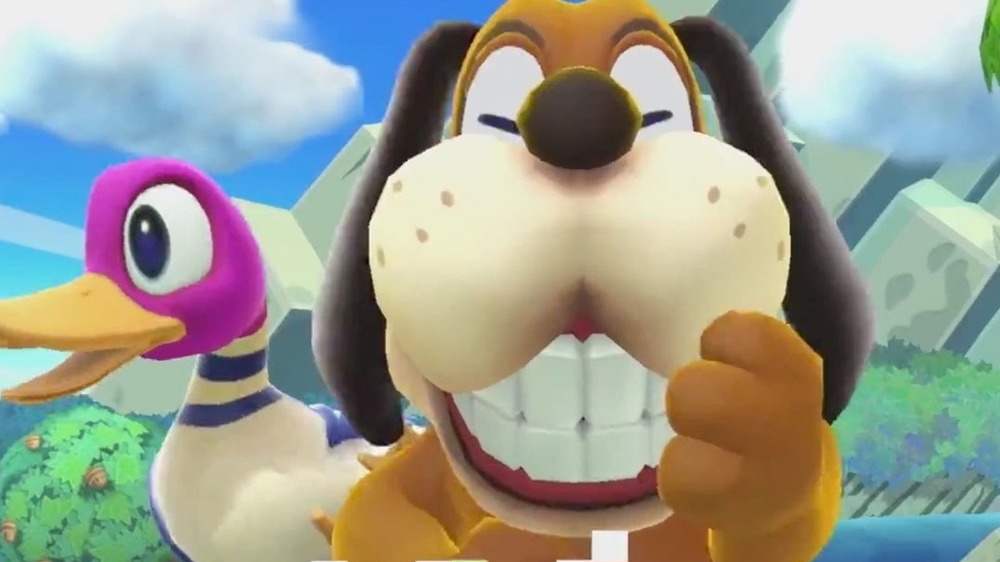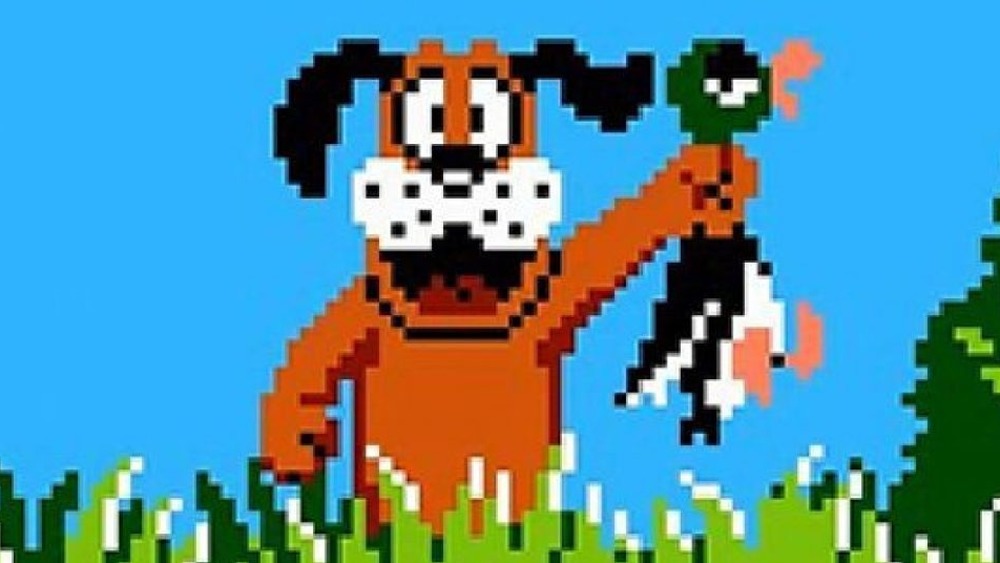The Truth Behind Duck Hunt's Secret Ending
Released in 1984, Duck Hunt was developed as a launch game for the Nintendo Entertainment System. As an arcade game, it was released in a Nintendo Vs. cabinet, which included titles like Ice Climber and Super Mario Bros. The NES version of Duck Hunt used the NES Zapper and a CRT television to target the ducks on the screen.
The Zapper was a light gun that can trace its origins back to the first light gun game, 1936's Seeburg Ray-O-Light. According to MentalFloss, the Ray-O-Light worked very similarly to Duck Hunt: "players shot at small moving targets mounted with light sensors using a gun that emitted a beam of light. When the beam struck a sensor, the targets – ducks, coincidentally – registered the 'hit' and a point was scored."
Of course, Duck Hunt had a few more bells and whistles than that, but did it have an ending? Does Duck Hunt ever really end? Or do players just shoot ducks forever?
Duck Hunt's ending
The thing about Duck Hunt is that it doesn't have an official ending, not like traditional games of today that have sweeping cinematic masterpiece conclusions. Instead it has what is called a kill screen; once you play through 99 levels, a screen bearing the title of "Round 0" appears. In this level, the ducks begin flying erratically around the screen and cannot be targeted at all by the player. Also, the dog starts smugly laughing in the background on a loop, like a never-ending fail state.
It's a bit of a glitched-out nightmare until the end when it gives players a "game over" and restarts. The kill screen is essentially a call back to Duck Hunt's arcade days, as the kill screen is a common occurrence with arcade games that seemingly have no ending, like Pac-Man or Tetris. In other words, Duck Hunt doesn't really end, but it stops.
History of the kill screen
The history of the Kill Screen is an interesting one. According to TVTropes, "designers had reasonable expectations that most players would not have the time, patience, or quarters necessary to play the game for so long." Enter the kill screen, which turns out to be a hindrance to completionists everywhere. For Duck Hunt, using emulators and a cheat code system like the Game Genie enabled some gamers to see its kill screen for the first time.
The Game Genie worked by plugging into both the game cartridge and the console, and players would enter codes. According to GameCrate, "First, they [the codes] would contain a ROM [read only memory] address. Second, they would contain a value that the player wants to report back to the system. Third, they could contain a conditional value that the Game Genie checks before applying the code." Because of these codes, players were finally able to get to the last levels of these "unending" games, revealing their kill screens — this included the seemingly endless Duck Hunt.



